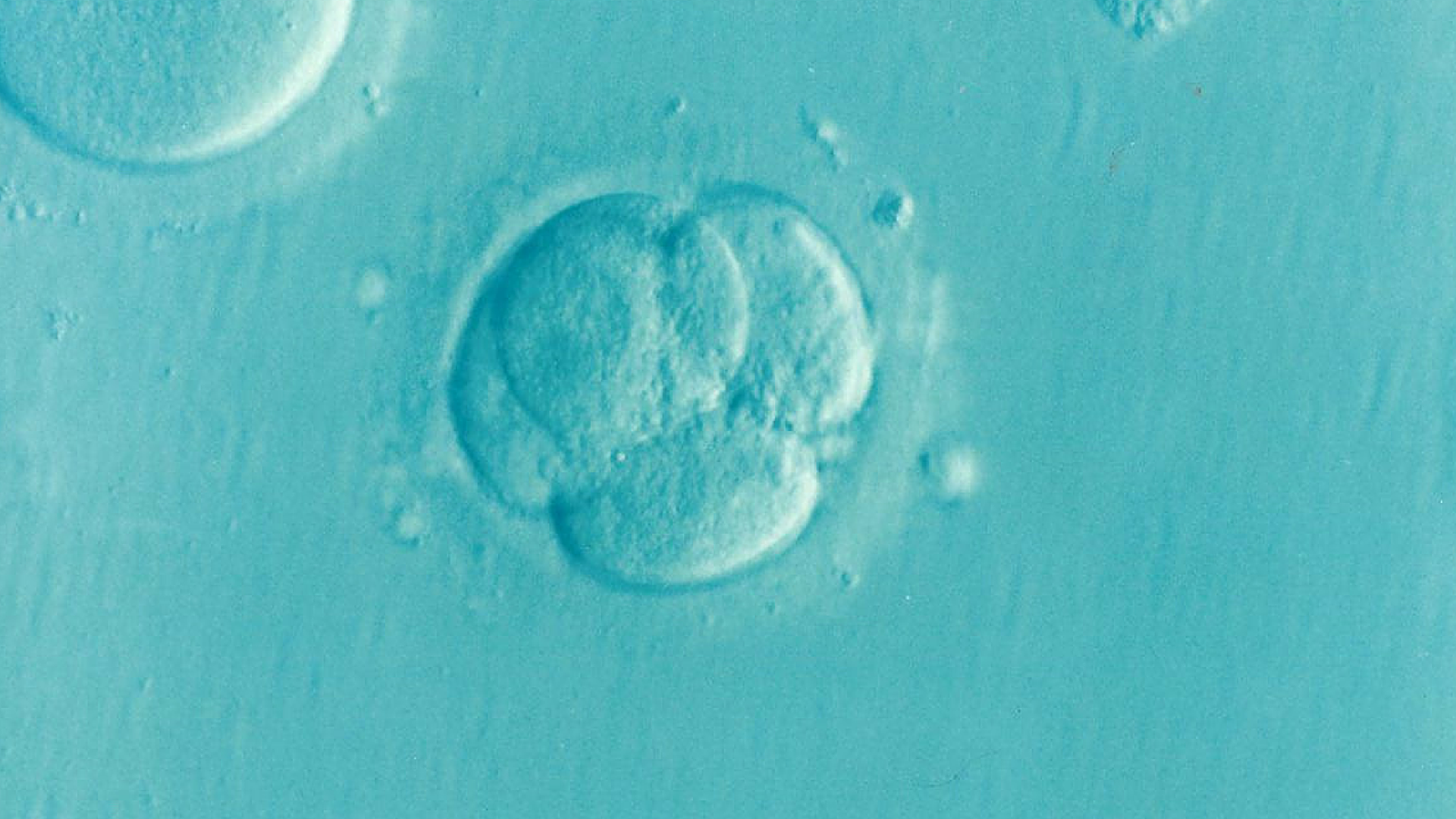New research on embryo testing (PGT-A)

New research shows that embryos with a mix of normal and abnormal cells - called mosaic embryos- can develop into healthy babies.
Normal human cells have 46 chromosomes. “Aneuploidy” describes cells that have either too many or too few chromosomes. Preimplantation Genetic Testing for Aneuploidy (PGT-A) is used to screen out embryos with the ‘wrong’ number of chromosomes so that they are not transferred.
PGT-A involves a woman having hormone injections to stimulate the development of multiple eggs. When the eggs are mature, they are retrieved and sperm added to create embryos. After a few days, a few cells are removed from the embryo for testing. The time it takes to get PGT-A results varies and embryos are frozen until test results are available. If the test shows an embryo is normal, it is thawed and used for transfer into a patient’s uterus to attempt a pregnancy.
Many early-stage embryos are mosaic, meaning they have both normal and abnormal cells. If the cells that happen to be selected for PGT-A testing are abnormal, it might be presumed that the whole embryo is abnormal and should be discarded. But new research shows that some mosaic embryos can self-correct and develop to a healthy baby.
Because PGT-A can’t ‘fix’ abnormal embryos, testing doesn’t increase the overall chance of having a baby from an IVF cycle. But it can reduce the number of transfers needed to get pregnant, as well as the risk of miscarriage caused by a chromosomally abnormal embryo.
A recent study compared the outcomes of thousands of mosaic and normal (euploid) embryos transfers. Compared to euploid embryos, mosaic embryos were less likely to result in a pregnancy (45% versus 59%) and more likely to miscarry (22 % versus 9%). But significantly, in pregnancies that continued, there were no differences in gestational length or birthweight between babies born after mosaic compared to euploid embryo transfer. Of the 488 babies born from mosaic embryo transfers, one had a significant birth abnormality.
The proportion of abnormal cells in a mosaic embryo varies. The more abnormal cells an embryo has, the less likely it is to result in a pregnancy. If you consider using PGT-A, talk to your fertility specialist about how the clinic determines that an embryo is abnormal or mosaic, as well as the clinic’s policy and recommendations relating to mosaic embryo transfer.
Source: Viotti et al, Outcomes of Embryos Classified as Mosaic by Preimplantation Genetic Testing for Aneuploidy, Fertility and Sterility